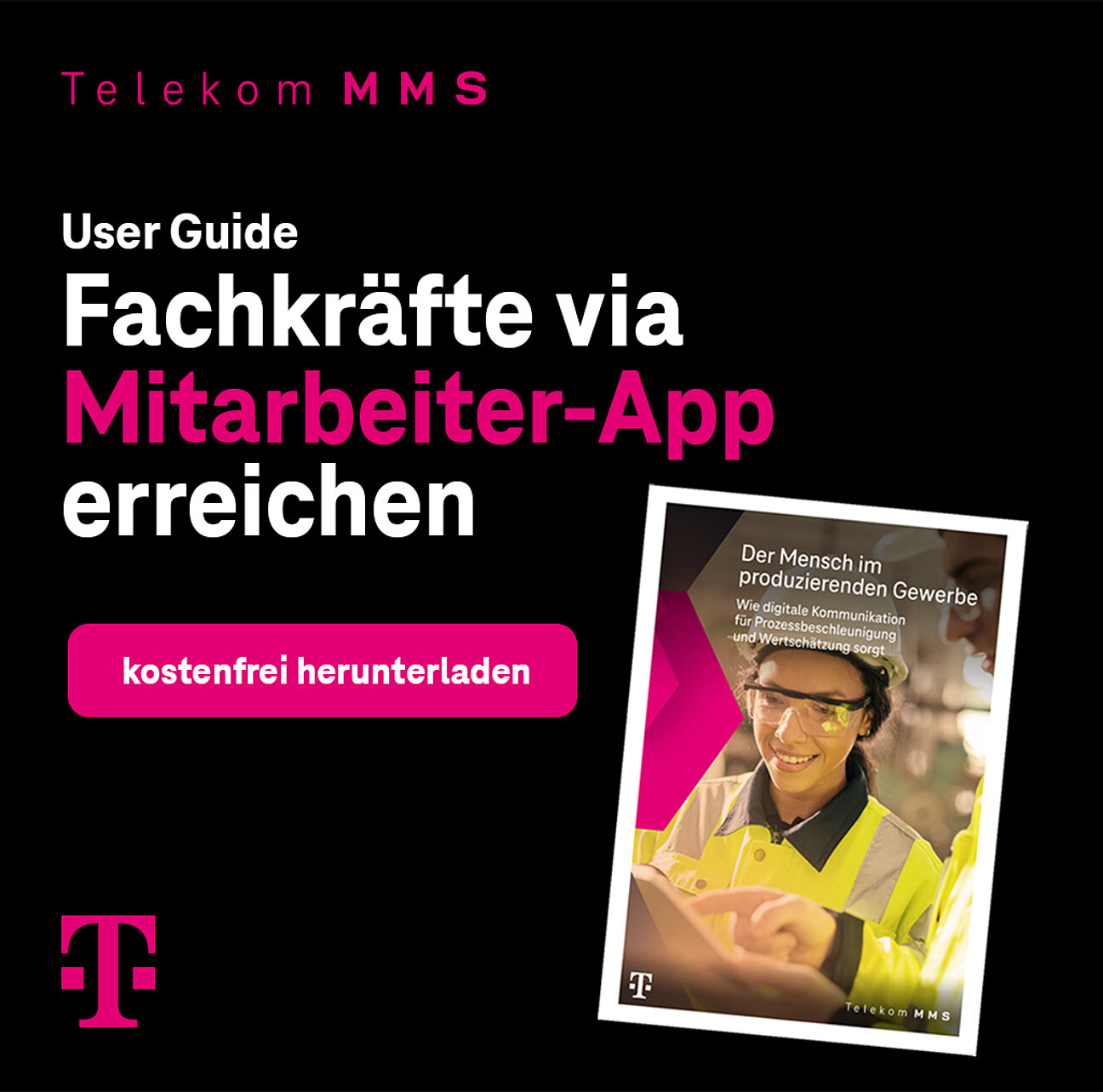Es ist lange her, dass auf diesem Blog ein Beitrag erschienen ist - das soll sich mal wieder ändern. Im Zuge des bevorstehenden Intranet SUMMIT beschäftigen mich doch einige Fragen, die ich gerne hier andiskutieren möchte.
So z.B. der durchaus überzogene Titel dieses Beitrages - wenngleich die Frage nicht von mir kommt, sondern eine einleitend rhetorische Frage von Patrick C. Walsh, Information Architect bei der BBC in London und Keynote-Speaker beim Intranet SUMMIT, in einem Artikel des FUMSI Online-Magazin:
There is an elephant in the intranet living room. In all that has been written about intranets, very few commentators ever mention the fact that intranets don't work. In my opinion, the current paradigm for intranets has never worked. I call the current state ‘Intranet Zero' because popular approaches offer virtually zero benefit to intranet users and their organizations, while giving zero chance of breaking out of the spiral of uselessness, poor user perception and even poorer usability.
Alles was funktioniert, sind nach Patrick's Meinung die "transaktionalen" - sprich prozessunterstützenden - Anwendungen im Intranet. In Bezug auf das Intranet als zentrales Informationsmedium für den Mitarbeiter bescheinigt er den heutigen Intranet eher ein großes "FAIL". Als Hinderungsgründe zählt er dabei folgende Punkte auf:
- One size fits all => die Vereinheitlichung von inhaltlicher Struktur geht nicht konform mit den Anforderungen von allen Geschäftsbereichen
- Everyone can produce and edit content => "Producing and editing good content is a skill that very few organisations recognise and in which even fewer provide training."
- Intranets will magically remove information silos => die Standardisierung der Inhalte führt zu versteckten Informationen
- All intranet information must be visible all of the time => "Keep it [content] minimal and it will be visible and easily found. As more and more is added, it becomes harder and harder to find and, for too many intranets, their users become lost in the information fog and end up giving up on the whole thing. If some content does not need to be in a particular site, or at particular times, it is just adding to the fog - remove it."
- The user can find stuff by herself => in der Bibliothek kann man auch den Bibliothekar fragen, warum nicht im Intranet?
- Intranets are not as important as Internets => "The current perception within most organizations is that intranets are of secondary of even lower priority. Yet management and staff have to make decisions daily that can affect the health of their organizations. These decisions are not always evidence-based as the evidence, if contained in an intranet, is not always readily available."
Als Lösung für dieses Problem proklamiert Patrick C. Walsh das "Lean Intranet" - in Anlehnung an das Konzept der "Lean Production", die sich auch auf das Wesentliche und Nutzenstiftende beschränkte. Folgende fünf Prinzipien stehen dabei im Mittelpunkt:
- Specify what creates value from the customer’s point of view
- Identify all of the steps across the value stream
- Make those actions which create value flow
- Only make what is pulled by the customer just-in-time
- Strive for perfection by constantly removing layers of waste
Die Lösung für das "funktionierende" und "nutzenstiftende" Intranet ist einfach ... "mal den Ballast über Bord zu schmeissen". Was sicherlich nicht einfach ist, da es ja hier und dort immer gewisse Besitzstandsansprüche auch für Informationen und deren Repräsentationen gibt, daher schliesst Patrick C. Walsh in seinem Artikel im FUMSI Online-Magazin auch mit folgendem Absatz:
So, there you have it. Basically, in the Lean Intranet, information professionals will be removing barriers, minimising and assessing content and continually improving their intranet using a customer-focused approach. Hard to achieve? I won't say that the transition to a lean approach in intranets will be without problems but I know it's possible. I've seen ‘lean' working for many years in the automotive sector helping to produce better cars through more efficient processes. Why not better, more efficient intranets?
Beim Intranet SUMMIT wird Patrick seine Thesen noch einmal ausführlich darstellen und in den Diskussionen zu mehr "Wertorientierung im Intranet-Projekt und dem Intranet-Management" einbringen. Für mich stellt sich auch die Frage, ob und wie derartige Ansätze bei der BBC gelöst wurden. Insbesondere wie dem Besitzstandsdenken von Mitarbeitern entgegen zu wirken ist.
Hier mal noch die gebündelten Trackbacks auf die verwiesenden Artikel:
Wir legen großen Wert auf sachliche und unabhängige Beiträge. Um nachvollziehbar zu machen, unter welchen Rahmenbedingungen unsere Inhalte entstehen, geben wir folgende Hinweise:
- Partnerschaften: Vorgestellte Lösungsanbieter können Partner oder Sponsoren unserer Veranstaltungen sein. Dies beeinflusst jedoch nicht die redaktionelle Auswahl oder Bewertung im Beitrag.
- Einsatz von KI-Tools: Bei der Texterstellung und grafischen Aufbereitung unterstützen uns KI-gestützte Werkzeuge. Die inhaltlichen Aussagen beruhen auf eigener Recherche, werden redaktionell geprüft und spiegeln die fachliche Einschätzung des Autors wider.
- Quellenangaben: Externe Studien, Daten und Zitate werden transparent kenntlich gemacht und mit entsprechenden Quellen belegt.
- Aktualität: Alle Inhalte beziehen sich auf den Stand zum Zeitpunkt der Veröffentlichung. Spätere Entwicklungen können einzelne Aussagen überholen.
- Gastbeiträge und Interviews: Beiträge von externen Autorinnen und Autoren – etwa in Form von Interviews oder Gastbeiträgen – sind klar gekennzeichnet und geben die jeweilige persönliche Meinung wieder.







